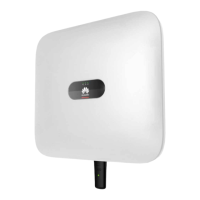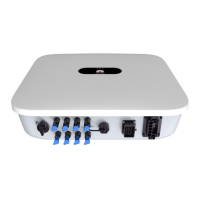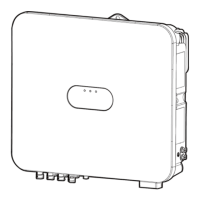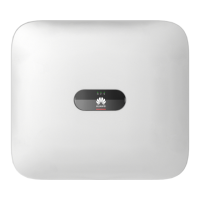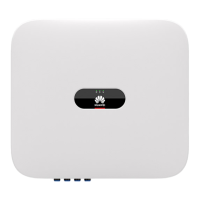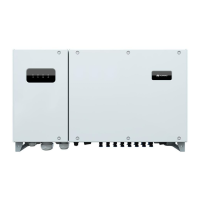Huawei Proprietary and Confidential
Copyright © Huawei Technologies Co., Ltd.
8.3 Troubleshooting
This section describes troubleshooting measures for common fault alarms in the SUN2000.
Alarms range in severity according to the following definitions:
Major: The fault causes the SUN2000 to enter the shutdown mode and stop feeding
electricity to the power grid.
Minor: Some components are faulty but the SUN2000 can still feed electricity to the
power grid.
Warning: The SUN2000 output power decreases due to external factors.
Table 8-2 lists the measures taken to rectify common fault alarms in the SUN2000.
Table 8-2 Troubleshooting
Too many PV modules
connected in series lead to
excessively high PV string
output voltage, making the PV
string open-circuit voltage
greater than the maximum
operating voltage of the
SUN2000.
Check whether too many PV
modules are connected in series,
making the PV string open-circuit
voltage greater than the maximum
operating voltage of the SUN2000.
If so, reduce the number of PV
modules connected in series until the
PV string output voltage drops to the
specified range for the SUN2000.
After the adjustment, the SUN2000
will work properly.
PV strings have been
shielded for a long time.
PV strings have
deteriorated.
a. Check whether the output current
of a PV string is obviously less
than the output current of other
PV strings.
b. If so, check whether the PV
string is shielded.
c. If the PV string is clean of
contaminants and not shielded,
check whether the PV modules
are faulty.
The cables between PV strings
were connected in reverse
during SUN2000 installation.
Check whether the cables between
PV strings are correctly connected.
If they are connected in reverse,
reconnect the cables.

